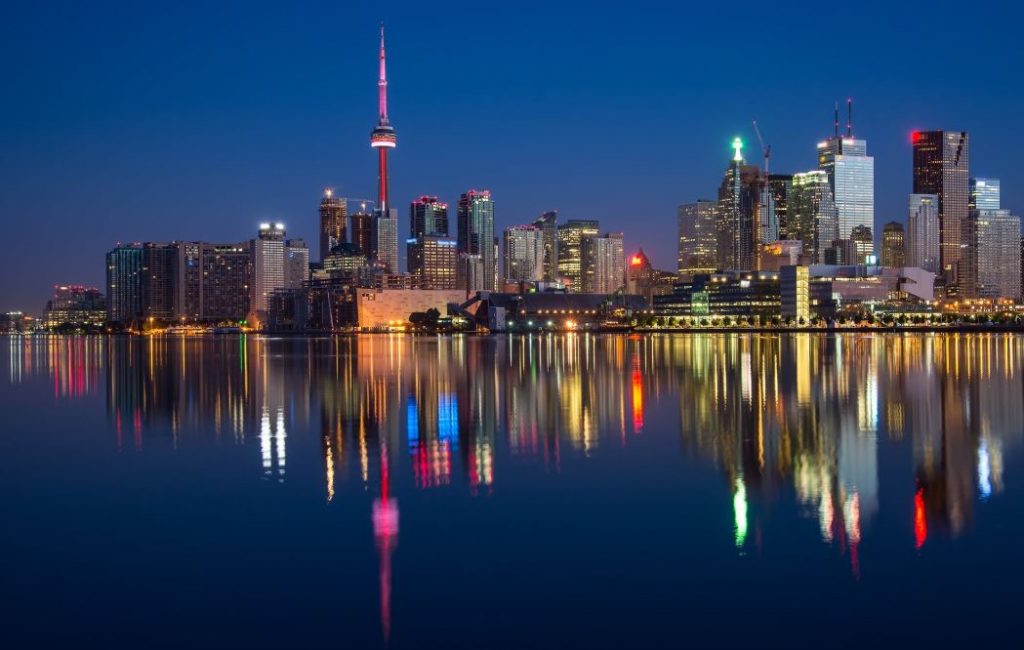Concrete is a strong material that is used for many different residential purposes from driveways and retaining walls to pool decks and walkways. It’s durable, attractive, and requires professional installation in most cases.
Concrete Driveways – Concrete driveways aren’t as common in the northern states because of the freeze-thaw cycle. As the seasons change and the temperature drops, concrete begins to freeze and may crack. This is the reason many people prefer to use asphalt in states like New York. Small cracks slowly get bigger as ice and water expand them, damaging the surface. There are many approved deicing materials that can speed up the melting of the ice if you choose to install a concrete driveway.
Concrete Retaining Walls – Concrete retaining walls are often used for gardens or planters, but they serve an important purpose for homes and apartment buildings on a hill. The cinder or concrete blocks can be interlocked to form a retaining wall that prevents soil and dirt from eroding and sliding into nearby structures. The process to build the concrete wall requires some careful thought in terms of design to make sure it’s the right thickness, length, and place in the right spot.
Concrete Walkways – Whether it’s from the driveway to the backyard or a foot path to the front of the house, concrete walkway installation is common. To view poured concrete walkway designs, visit www.concretecontractorstucsonaz.com and check out their page on interlocking stamped concrete pavers. If cracks form and the surface needs repair, a concrete company can install and repair the walkway. Bricks and stones may also be used as a cement alternative to create a unique appearance to match any home décor.
Concrete Pool Decks – Concrete pool decks are almost always used around swimming pools because of its durability and appearance. The only problem with concrete is that the surface is slippery when wet. To fix that, homeowners install something called “Kool Deck”, a special non-slip layer applied to the top of the pool deck to prevent people from falling.
